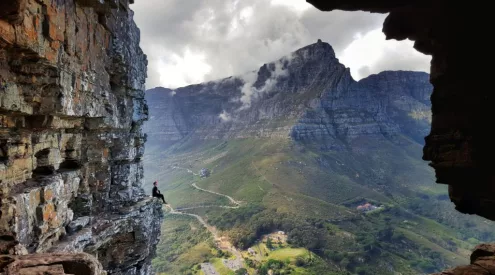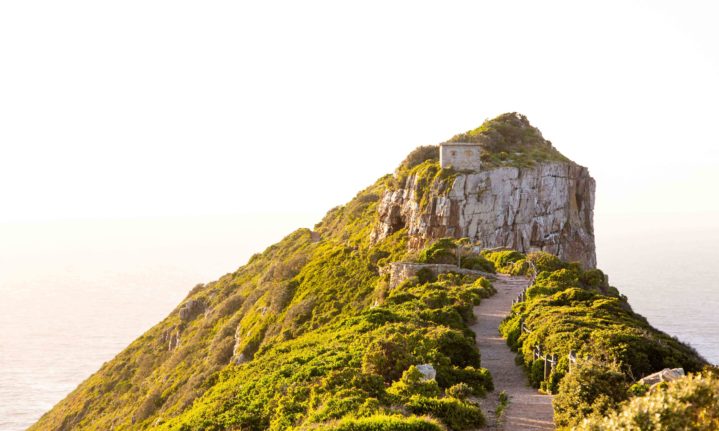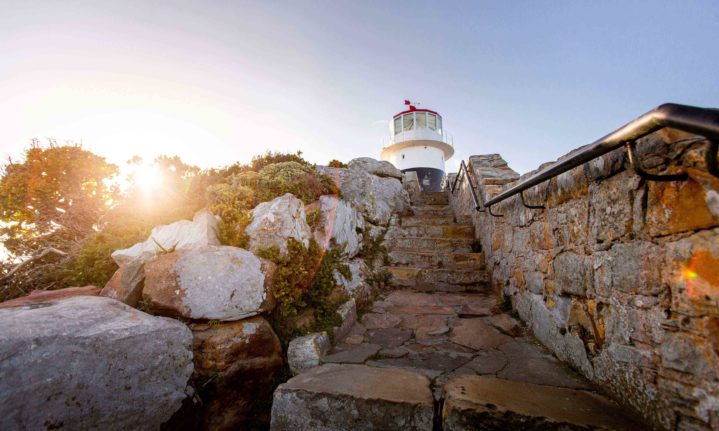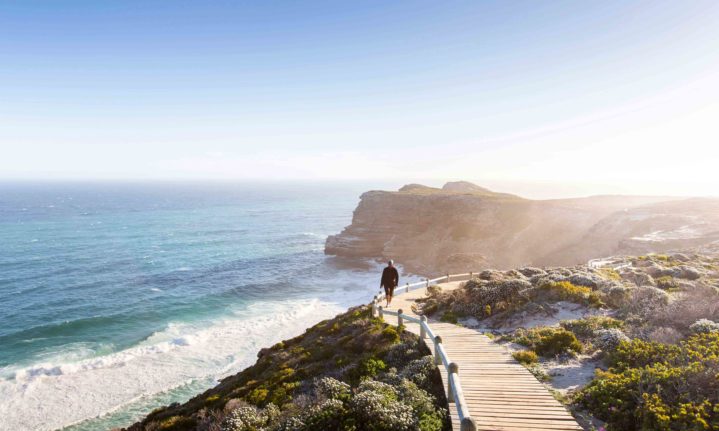Cape Point is renowned for its stunning views and is a must-visit stop in the region on any tourist’s itinerary. But it is more than just a beautiful setting for taking selfies in front of the lighthouse which, incidentally, turned 100 in March this year; it is a place filled with a rich history that’s not particularly well-known.
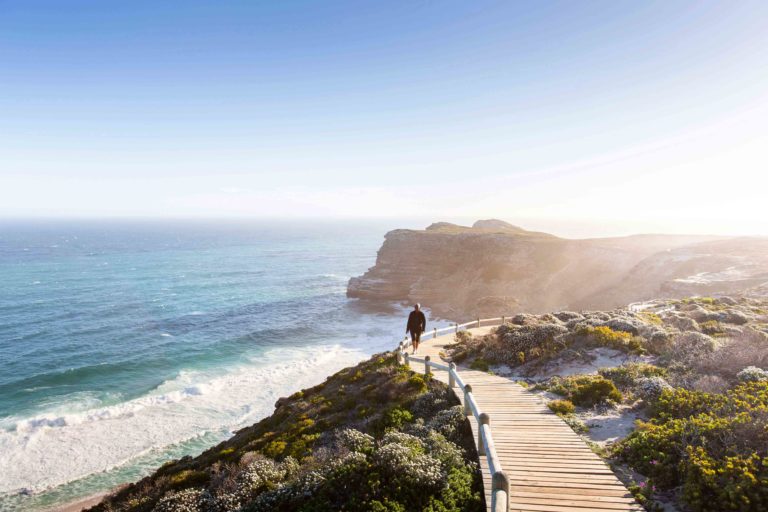
‘Even though Cape Point is one of South Africa’s most popular tourist attractions drawing thousands of people all year round, it has gone through massive changes since the first visitors in 1877. Considering the fact that the first road was only built there towards the end of 1915, those first few decades required people to embark on quite a hike just to see the lighthouse,’ says Fatima Anter, Marketing Project Specialist at Cape Point.
Fortunately, times have changed considerably in the intervening years.
Today, visitors can choose to catch a ride on the Flying Dutchman Funicular, the only commercial one of its kind on the continent, and experience the trip in a truly memorable way. With a 16 per cent slope, travelling to a height of 87 metres, the Flying Dutchman can fit 40 passengers in one cart at a time. To give you a sense of the popularity of this attraction, the peak season sees 450 people per hour going up to the lighthouse in the Funicular. And given that the track is 585 metres long, it takes approximately three minutes, providing breathtaking views, it is no wonder that people flock to get on this.
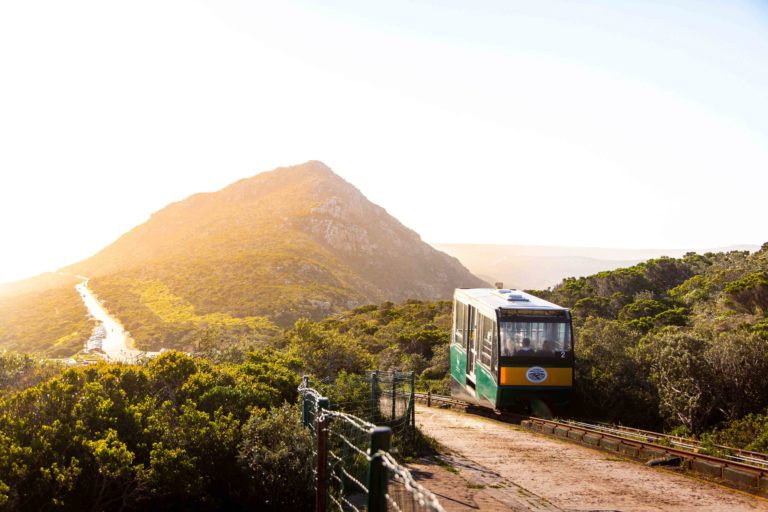
Of course, the natural beauty belies the dangerous waters of the area. With 26 recorded shipwrecks around Cape Point, it is hardly surprising that this is as feared a stretch of ocean as anywhere in the world. Much of the blame can be attributed to the two submerged reefs of Bellow’s Rock and Albatross Rock. Even though there are many famous shipwrecks, perhaps the most famous story of a ship at Cape Point is that of the legendary Flying Dutchman.
The story goes that Captain Van der Decken was determined to get home from a successful trading mission for silks and spices in Indonesia in 1641. However, the Cape of Storms lived up to its reputation with the weather making a turn for the worst as they approached Cape Point. It is believed he swore an oath: ‘I shall round this damned Cape, even if I have to sail until Doomsday comes.’ Well, the waters miraculously calmed but the ship and crew vanished without a trace, doomed to sail the seas around Cape Point forever.
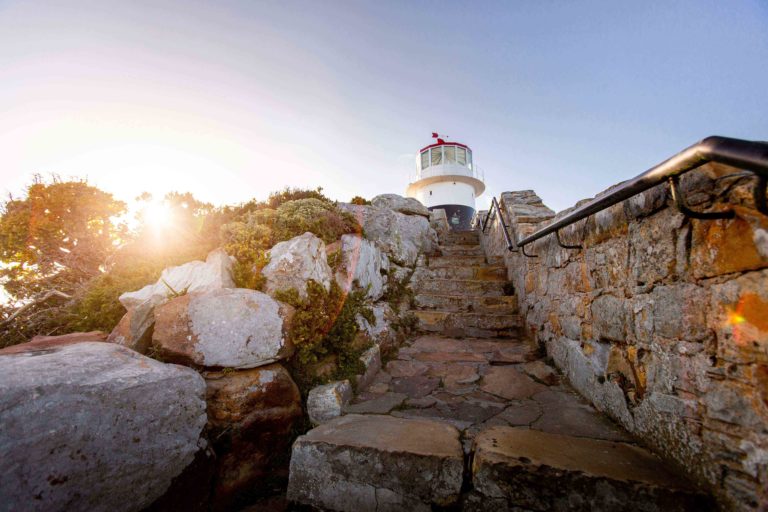
Even if you are not interested in maritime history, the area forms part of the Cape Point Nature Reserve, founded in 1938. Sixty years later, in 1998, it was incorporated into the Cape Peninsula National Park which is a veritable treasure trove of natural beauty, boasting more than 1,100 species of flora indigenous to the area. And then there is whale season during July to October when, year after year, you can spot these massive mammals on their annual migration past Cape Point.
Contrary to popular belief, Cape Point is not the place where the cold Benguela Current of the Atlantic Ocean and the warm Agulhas Current of the Indian Ocean collide, producing the visual effect of a line in the ocean. The line does not exist – instead the meeting point fluctuates along the southern and southwestern Cape coast, usually occurring between Cape Agulhas and Cape Point. However, the strong and dangerous swells, tides and localised currents around the point contribute to its feared reputation.
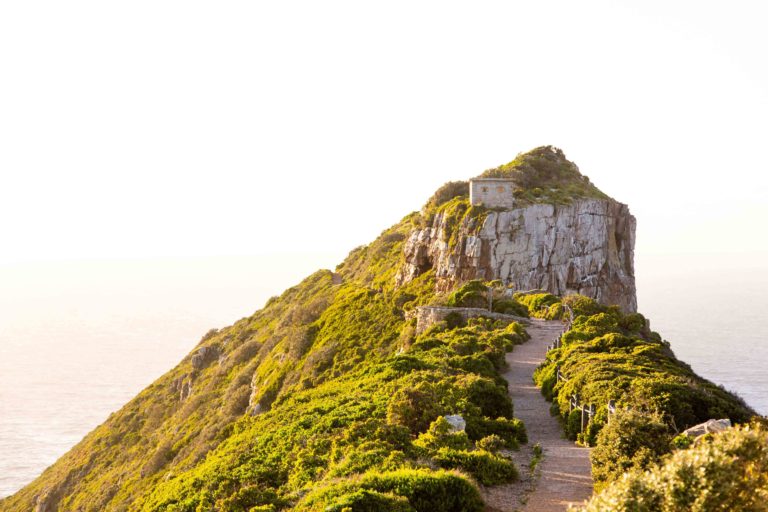
Cape Point also has several interesting shops, a restaurant, hiking spots and angling locations. The Nature Reserve opens at 6am and closes at 6pm Monday through Sunday. Entry is R303 for adults and R152 for children, but for locals who present their original South African ID the price goes down to R76 per adult and R39 per child (under the age of 12).
Images: Teagan Cunniffe

